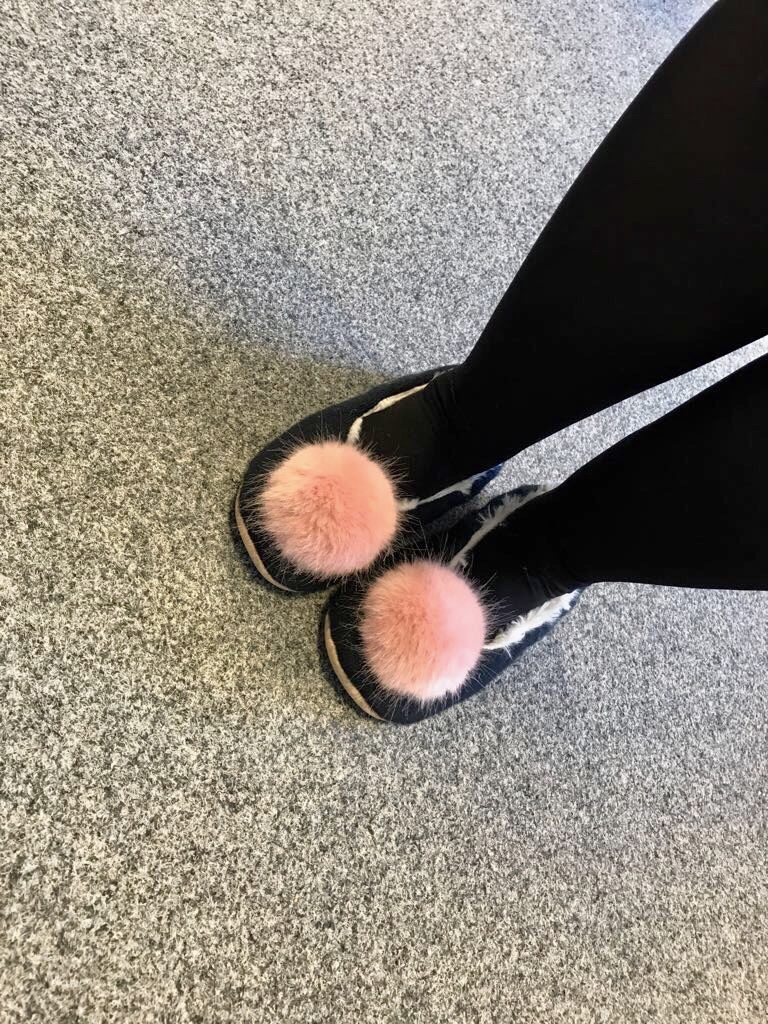At PK Education we’re always looking into ways to benefit our teachers, their students, and the education environment. One idea that surfaced again recently, having been sourced from Scandinavian schooling, is shoeless learning.
Some places of learning favour slippers, others just socks, some barefoot, but all claim that being shoeless aids learning and improves results. We decided to put our best foot forward, and are trialling a shoeless environment in our Birmingham office, which is based on Granville Street in the City centre.
The Scandinavian education system is often viewed as one of the best in the world. One of the biggest differences between the British and Scandinavian education systems is the way that education is viewed. In Finland, the focus in education is on learning, as opposed to test results. In Britain, national testing begins at age 11. There are no uniforms in Finland, the teachers are allowed to set their own curriculum, and they assess students in their subjects.
We were really intrigued by going shoeless and it isn’t just us. Some research has been conducted by a leading British academic, Professor Stephen Heppell into shoeless learning space, and here’s what he found:
Behaviour. Students simply behave better in a shoeless environment. Disruptions within class and reports of confrontational and aggressive behaviours were both significantly down after the implementation of a shoeless learning environment at Lampton Secondary School.
School costs. Furniture wear and tear goes down as soft furnishings have their life span up to doubled. Think of how much a school spends when having to replace furniture or flooring. Now mentally reallocate that sum to learning resources – kerching!
Noise levels. Shoeless feet are far, far quieter. Carpeted floors are quieter. And somehow, children seem to move less boisterously when not shoed.
Comfort. When learning without hard shoes, students of all ages appear more willing to sit on floors and soft furnishings. How often do you sit on a hard, upright chair outside of the school/ work environment? This bridging of the gap between life and learning is what much of the Scandinavian education is based on, and polar opposite to the British system.
Hygiene. By leaving outside shoes at the door, less dirt is brought into the learning environment. This means better hygiene, and also encourages better collaboration amongst students. There is a downside though – the boys toilets. One primary school has got round this by leaving Crocs outside the toilets for children to slip on when they visit the toilet.
Reduced conflict. How many times do teachers have to have the conversation about the “right kind” of shoes? By removing this section of a uniform policy, you’re removing a potential basis for argument that eats into class time.
In the office, we’ve opted for slippers, and so far, it’s going great! We’re relaxed, we’re productive and it has helped with noise levels (and therefore focus!)
The research referenced here is based on a study by Professor Stephen Heppell at Bournemouth University.
If you have any experience working or learning in a shoeless environment, let us know! We’d love to hear your experiences and opinions. For more tips on how to improve your classroom experience, we recently shared our Top Tips to settle a class here.






